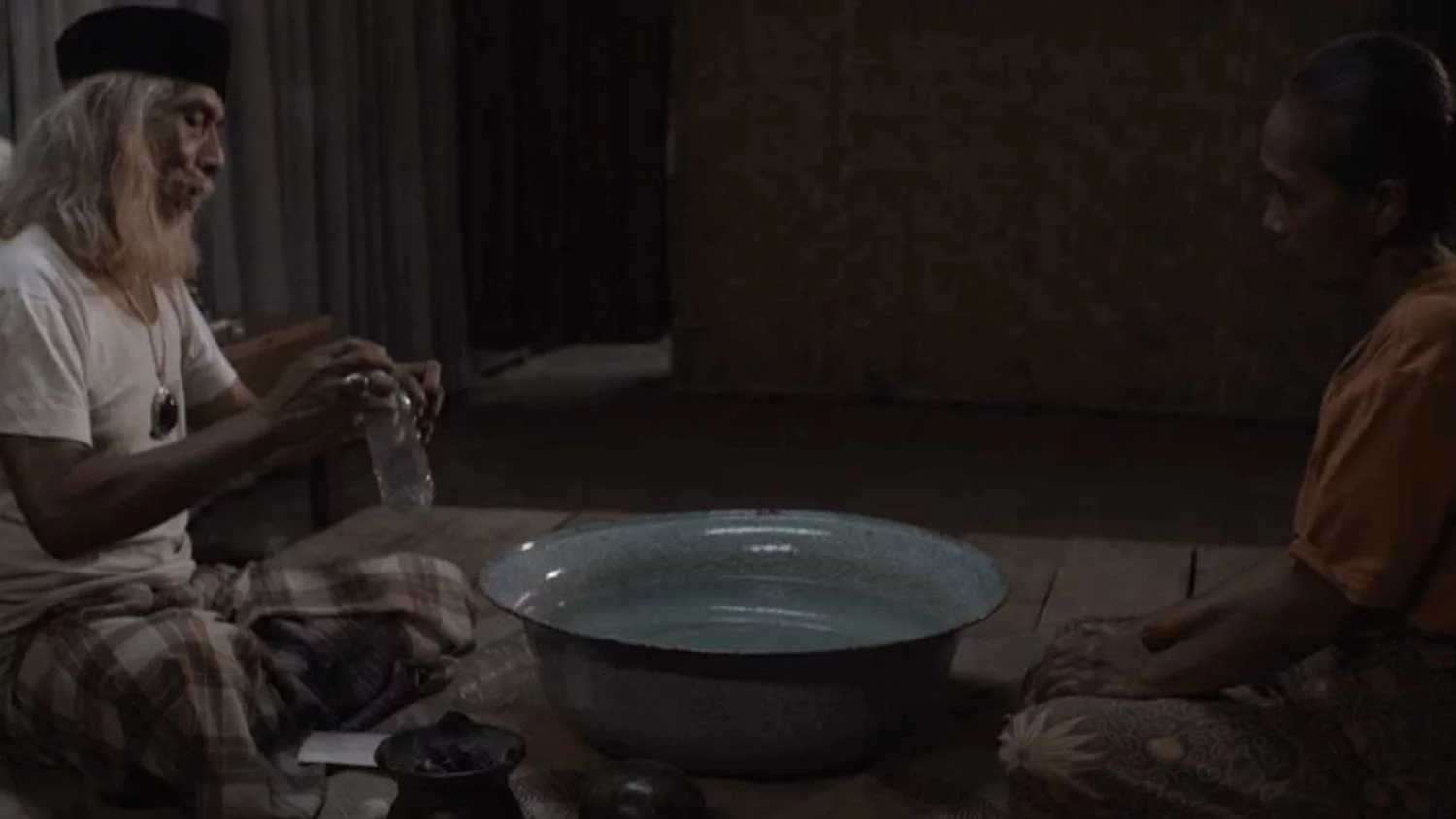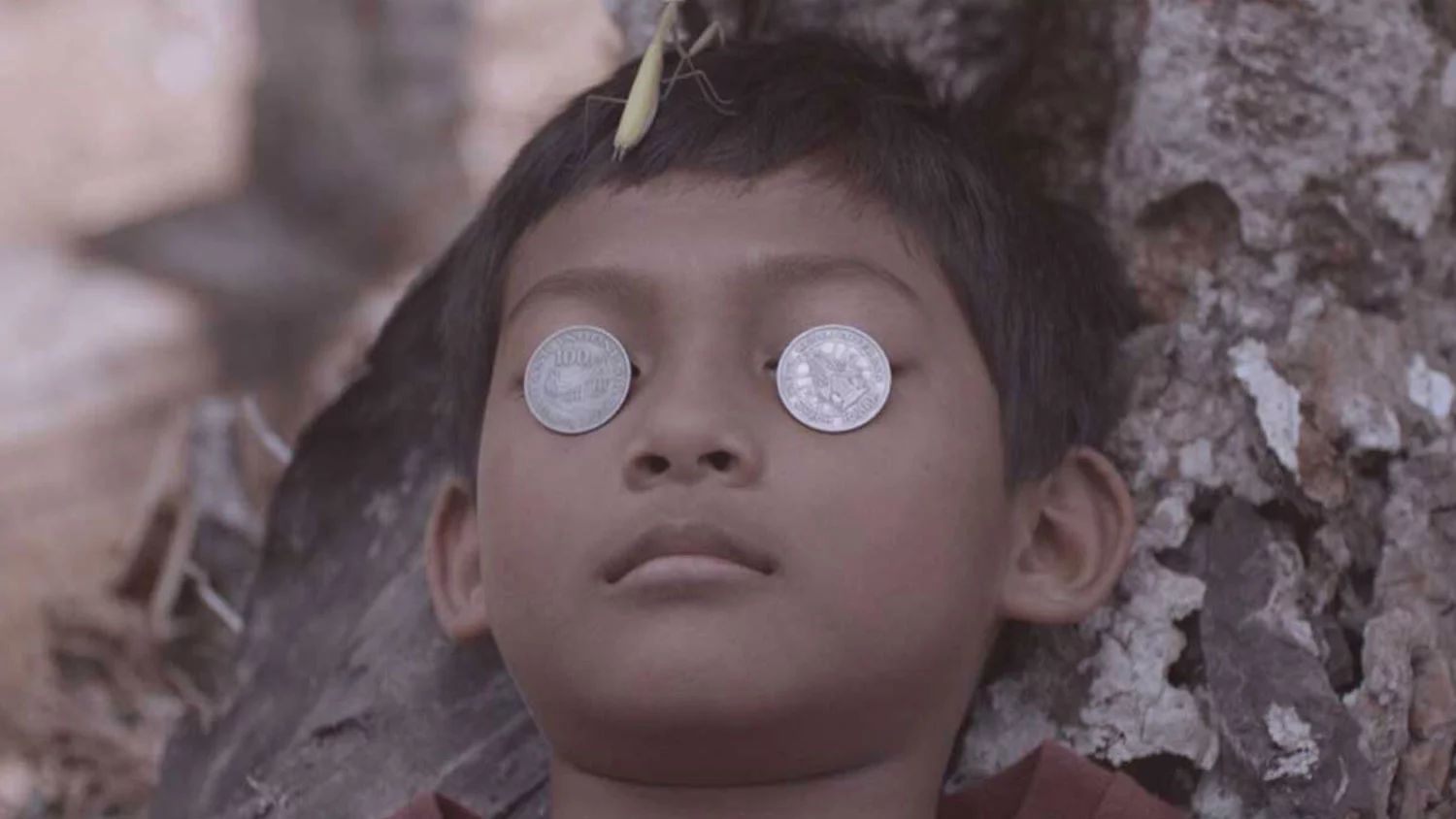Of Myth and Money
By Alex Foo

According to the director Loeloe Hendra, the title Lost Wonders alludes the myths that the boy, Ilalang, and his grandmother believe in: that the deceased can return and money can be multiplied, a sort of “myth to pursue happiness”. Blind faith, foolhardy – call it what you will, but the supernatural exists as a form of explanation, a respite. Hendra explains that in the throes of economic depression, “many Indonesians were looking for solutions to irrational incidents that occurred within their lives. They [were] trying to escape from a miserable reality.” At the height of the Asian Financial Crisis, Indonesia faced rampant inflation and a plummeting currency that rendered the rupiah valueless, in effect destroying the wealth of many households overnight. Consequently, rural villagers turned to magic to alleviate their penury or sought better economic opportunities overseas, which we learn is exactly what Ilalang’s parents did to alleviate their penury, seeking money in most drastically different ways. In the absence of any financial support, Ilalang’s grandmother turns to the shaman to double her money. Under the shaman’s advice, money is extracted from its economic context – the very hard-earned money that her daughter remits – and whittled of all economic value. Not only is the bank note laminated (tampering with money was criminal), it is also hermetically sealed in a plastic bottle. The money, now barred from any real usage, occupies a new spiritual purpose. In the way the sacred and the profane share the same etymological cognate (the Latin sacer), the spiritual and the material dwell in these plastic bottles as vessels of prayer and hope.

Still from Lost Wonders, Dir. Loeloe Hendra
To international audiences, the very title of the film is also shrouded in myth – an interesting nuance that the English translation doesn’t quite capture. Ilalang Ingin Hilang Waktu Siang. Ilalang Dreams of a Lost Afternoon. The director confirms that in the film, Ilalang is a village boy “who lives in the still of the night and the darkness of coastal village… instead, everything that happens during the day frightens him, that’s why he often sleeps at school.” We see this in the dusky, dusty palette of the film, with scenes shot mostly at night, or shrouded in a crepuscular gloom. Ilalang’s driving force is his singular quest for his parents’ lost spirits, and so in one scene, he gazes expectantly out at the wilderness during sunset with an oil lamp in hand, anticipating nightfall.

Still from Lost Wonders, Dir. Loeloe Hendra
But this is no Aesopian tale about the dangers of trying to get rich quick. The story here is simple, but not simplistic. For Hendra who was a kid back in 1998, he remembers clearly how difficult life was back then, and this film memorializes the hardships of rural Indonesia as he remembers it. Beyond this captured moment in history, Lost Wonders also portrays two different generations sharing and inheriting the same worldview and belief system, suspended in what Clifford Geertz would call the “webs of significance [Man] himself has spun”. In so doing, Hendra too holds up an oil lamp for the viewer, as we peer into the looking glass of Indonesia in the late 1990s. To these untold Southeast Asian stories, we too, quest for their return.Catch Loeloe Hendra’s Lost Wonders in Programme 3 of the Southeast Asian Short Film Competition on 3nd December (Saturday), 11:00am, at the National Gallery Auditorium.a href=http://sgiff.com/browse-all-films/southeast-asian-short-film-competition-programme-3/BUY TICKETS